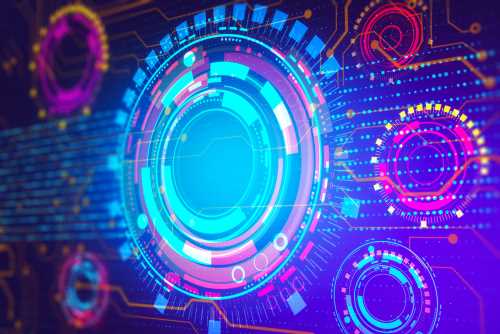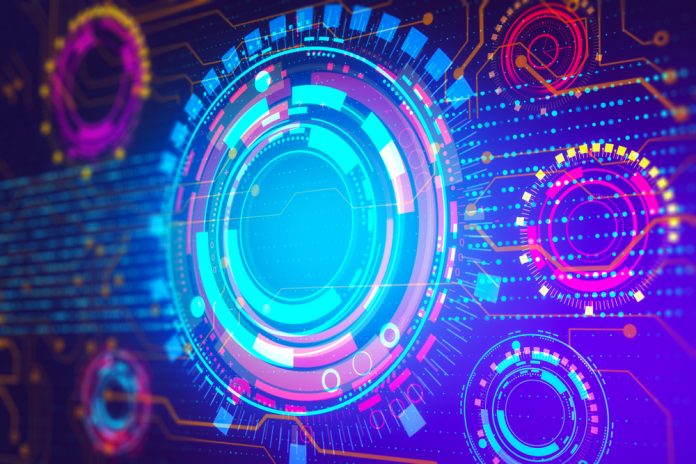The EtherCards Framework, a community-driven platform seeking to transform the Non-fungible Tokens (NFTs) marketplace and provide the foundation for raffles, bingos, bounties, and other utilities, is launching on March 18, 2021.
Contents
- 1 The Rising Popularity of NFTs
- 2 The EtherCards Framework
- 3 Role of the EtherCards Platform
- 4 EtherCards Tokens: More Valuable on Launch Date
The Rising Popularity of NFTs
Three years after the success of CryptoKitties, the NFT sub-sector has exploded in popularity and adoption.
CryptoKitties are digital cats that sold for outrageous figures at the height of the climactic rally of late 2017 and 2018. They were the first NFTs to gain mainstream adoption, paving the road for further refinement and expansion.
According to trackers, leading NFT marketplaces have processed over $277 million.
This exponential expansion reflects the sector’s maturity and the increasing level of adoption riding on NFTs’ simplicity, increasing gamification, and the drive from the masses demanding more innovation.
The EtherCards Framework
The EtherCards Framework aims to live up to the community’s expectations. It comprises the EtherCards platform and its underlying tokens.
According to the dApp’s website, the platform is where users will monetize and gamify their NFTs.
The protocol will provide artists and marketplaces with essential tools to inject life and value into their NFTs. These can be digital art, in-game items, collectibles, and more.
Role of the EtherCards Platform
Specifically, through the EtherCards platform, users will set up raffles, bingos, and other NFT-reliant games for engagement and value creation.
Users can play games to win rare, non-transferable, and unique items, together with other valuable prizes. Beyond this, they can participate in raffles.
Here, creatives can set up a raffle to sell their NFT tokens on EtherCards, or even mint others from recognized mainstream providers like Rarity or OpenSea. First, they need to set their parameters like the number of raffles and the price of each NFT. After that, the EtherCards platform will pick up a random winner chosen by Chainlink’s Verifiable Random Function (VRF).
Alternatively, they can gather collectibles through blind bag purchases. From here, they can use their winnings to complete bingos and other puzzles.
Their bingos could comprise a collection of their artwork.
On the other hand, a bling bag is a sealed pack of unique NFT cards whose availability on each bag is subject to the creator’s set of rules.
They vary in prices. The cheaper they are, the lower the probability of winning rare and limited-edition cards.
EtherCards Tokens: More Valuable on Launch Date
The underlying tokens form the core of the EtherCards Framework enabling the gamification of a significant portion of the NFT experience. These tokens act as membership cards providing identity in the platform and other benefits within the ecosystem.
Furthermore, they are used to receive discounts or free services in the broader EtherCards Platform’s marketplace and for royalty card collection. The shorter the serial number on the card, the more valuable it is.
Notably, each token will have distinct rarity and value levels influencing financial and logistical advantages with fairness guaranteed by Chainlink VRF.
Token issuance will be on a first-come, first-serve basis from March 4, 2021.
For instance, some of them will offer up-to one percent of royalty fees paid to the EtherCards smart contract. Others will include perpetual fee waivers or large multi-use endless discounts (5, 15, or 15 percent) for services rendered.
On launch, the EtherCards Framework will offer three limited-edition collections. The Original Gangster (OG) will be the rarest with 90 pieces. Each OG card will have a serial number between 10 and 99.
The Alpha and Common collections will each have 9,000 NFT cards. Each will be marked by 3-digit and 4-digital serial numbers of 100-999 and 1000 to 9999, respectively.
Image(s): Shutterstock.com
Source: Read Full Article

